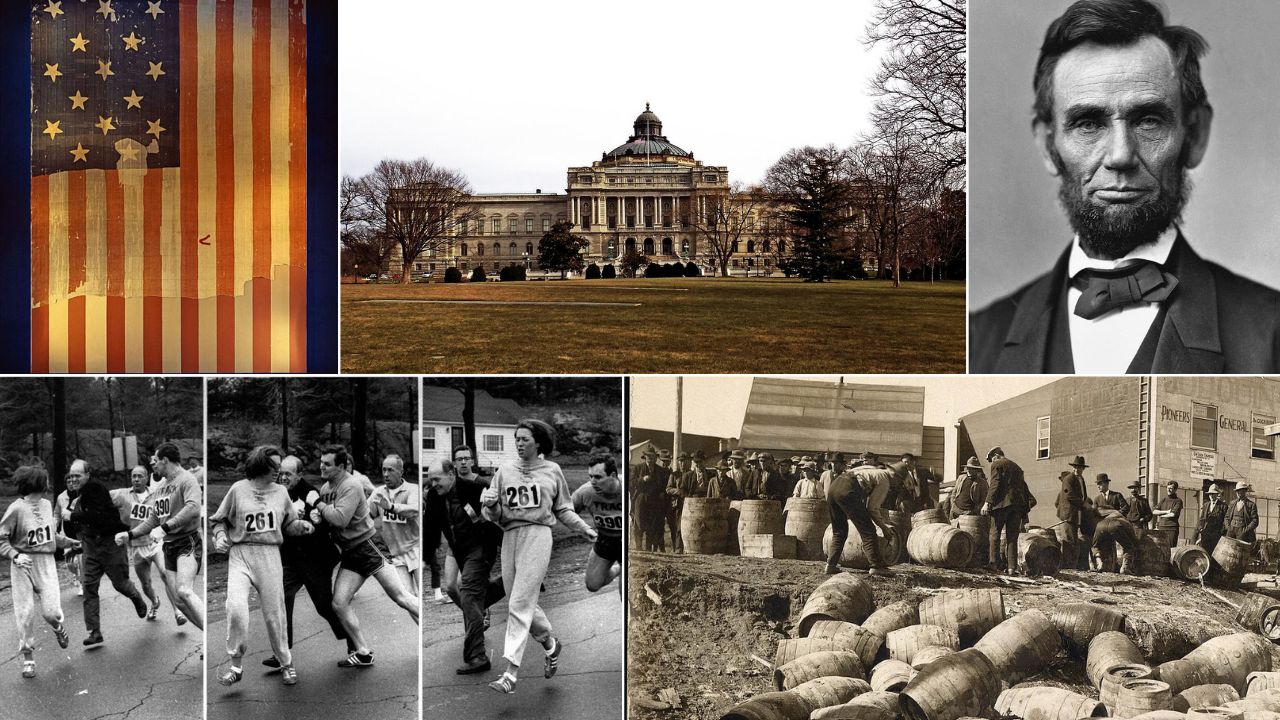U.S. history hides stories that feel unreal until you check the sources. To keep this list solid, each entry anchors to documents, museums, or well known scholarship. You will see dates, names, and quick context instead of rumors. From presidents and telegraphs to Arctic mirages and desert camels, these facts show how surprising the past can be. Read with curiosity, then use the details here to fact check, debate in class, or spark your next history deep dive.
1. Jefferson Rebuilt the Library of Congress (1815)
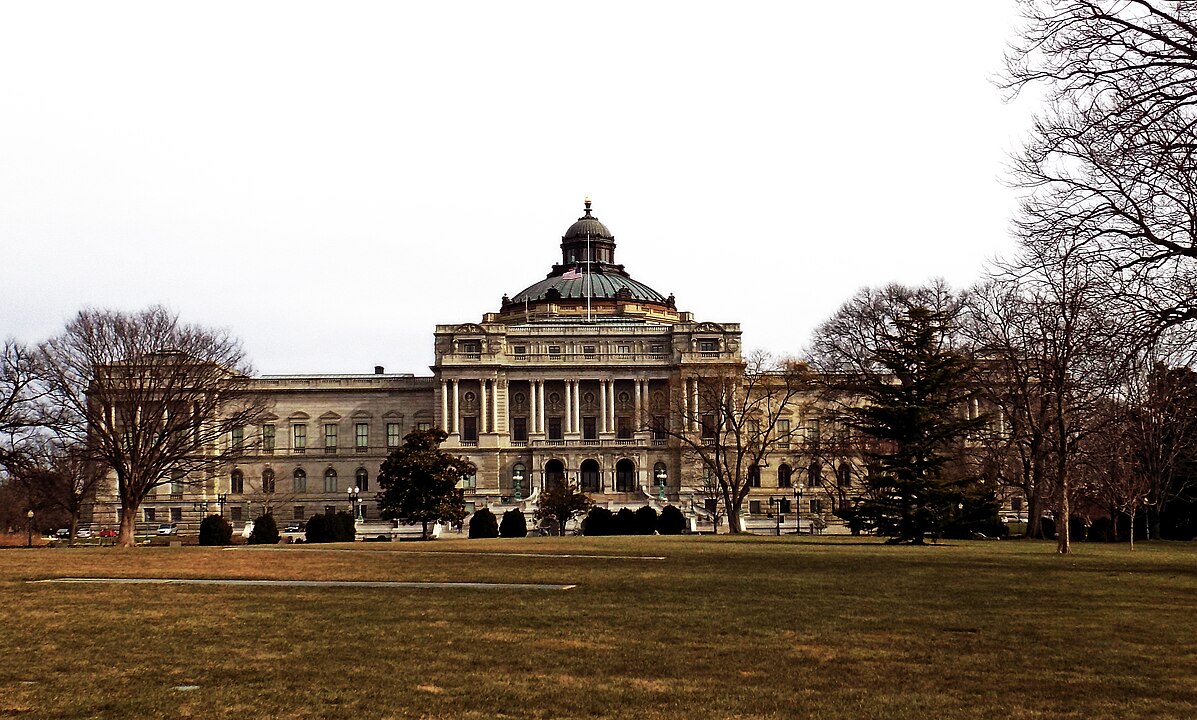
British troops burned the U.S. Capitol in 1814, destroying the young Library of Congress. Thomas Jefferson rescued it by selling Congress his personal collection in 1815. He transferred about 6,487 volumes covering science, law, geography, and philosophy. That purchase became the core of today’s Library of Congress, which now holds millions of items. The idea was bold for its time – a national library built from one former president’s shelves after a literal wartime fire.
2. The U.S. Army Tried a Camel Corps (1850s)
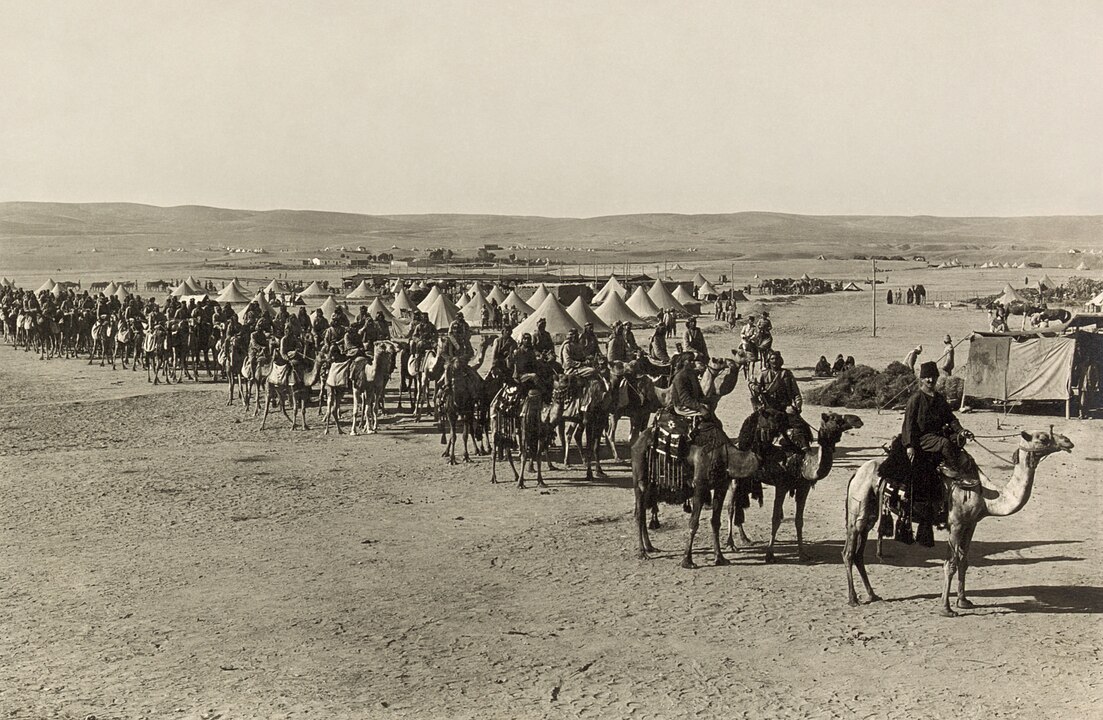
Needing transport across the Southwest, the Army bought dozens of camels from the Mediterranean in the 1850s. Tests in Texas and along Edward Beale’s wagon road proved they carried heavy loads and handled heat better than mules. Soldiers never warmed to them, and the Civil War killed momentum. Many camels were auctioned off, a few wandered the deserts for years, and the experiment faded into legend that still pops up in local folklore.
3. A Dead Pig Nearly Started a War (1859)
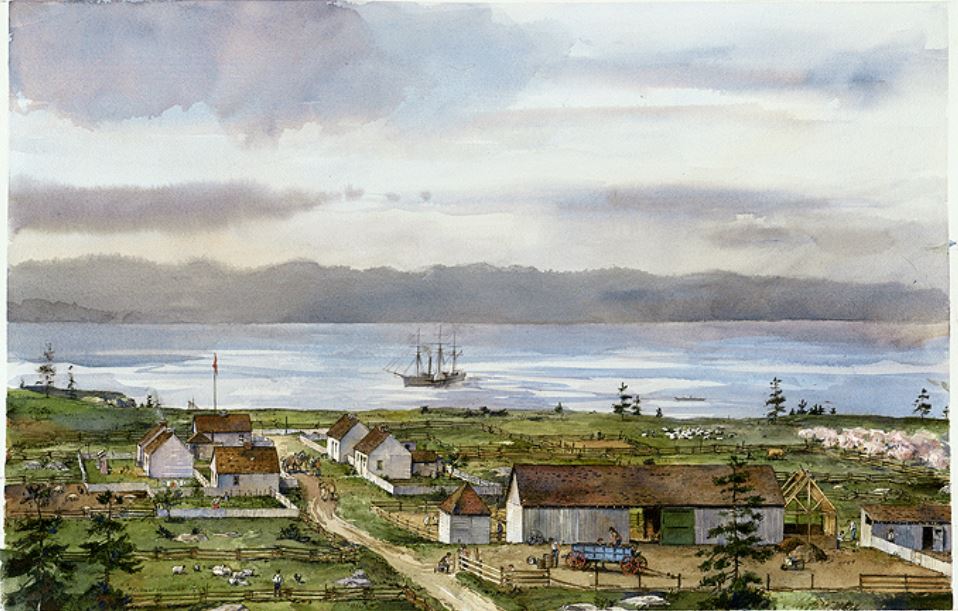
The Pig War began on San Juan Island in 1859 when an American farmer shot a British-owned pig rooting in his potatoes. U.S. and British forces faced off, yet neither side fired on people. The standoff lasted months and ended in arbitration in 1872, when the boundary went to the United States. Zero human casualties, one unlucky hog, and a rare lesson that patient diplomacy can cool a ridiculous international crisis.
4. Prohibition Allowed Near Beer and Medicinal Whiskey (1920s)

National Prohibition banned alcohol, but two big loopholes stayed legal. Drinks under 0.5 percent alcohol counted as near beer and could be sold. Doctors could also prescribe medicinal whiskey under federal rules, and pharmacies filled millions of scripts in the early 1920s. That was not a state-run beer program. It was a federal system with paperwork that kept some liquor flowing and showed how laws collide with demand, medicine, and creative compliance.
5. The Boston Marathon Was Not Always 26.2 (1897–1924)
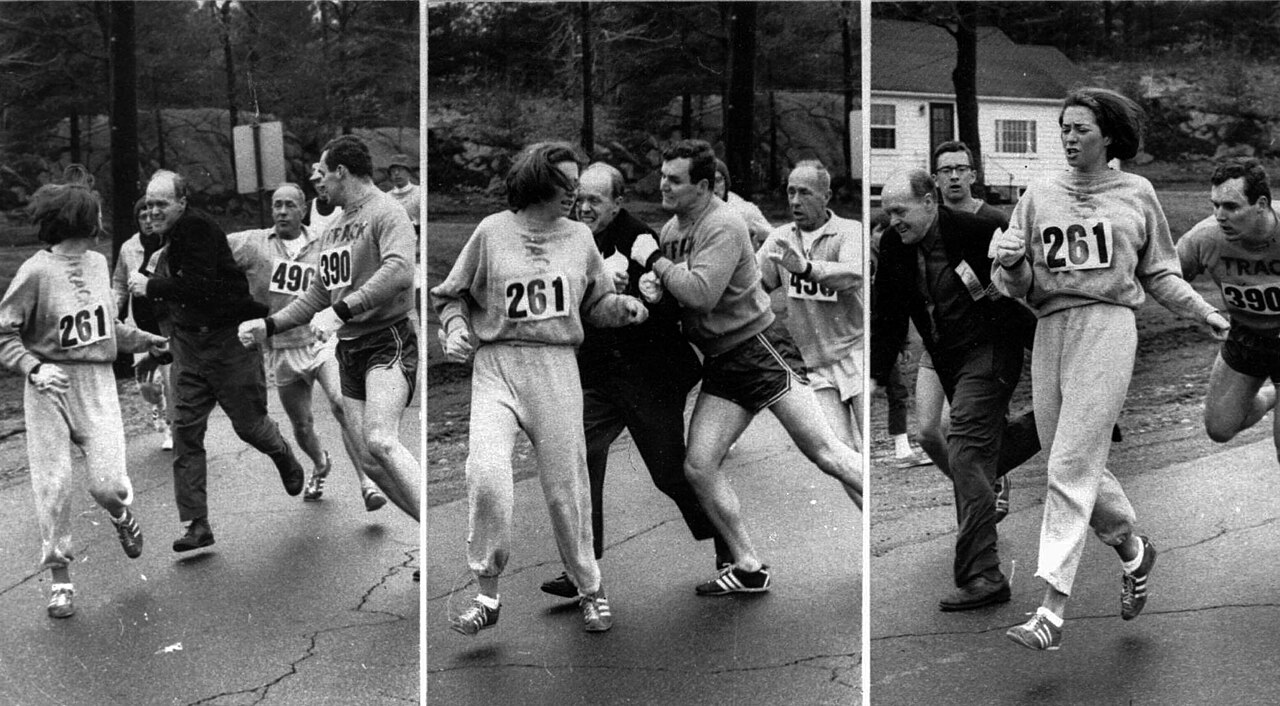
When the Boston Marathon began in 1897, the course was roughly 24.5 miles. The modern 26 miles 385 yards standard traces to the 1908 London Olympics. Boston officially adopted 26.2 miles in 1924 to align with the international distance. The change seems small, but those extra miles reshaped training, pacing, and records. If you compare early times to modern ones, remember the runners were literally racing a shorter course.
6. A Presidential Wedding Happened in the Blue Room (1886)
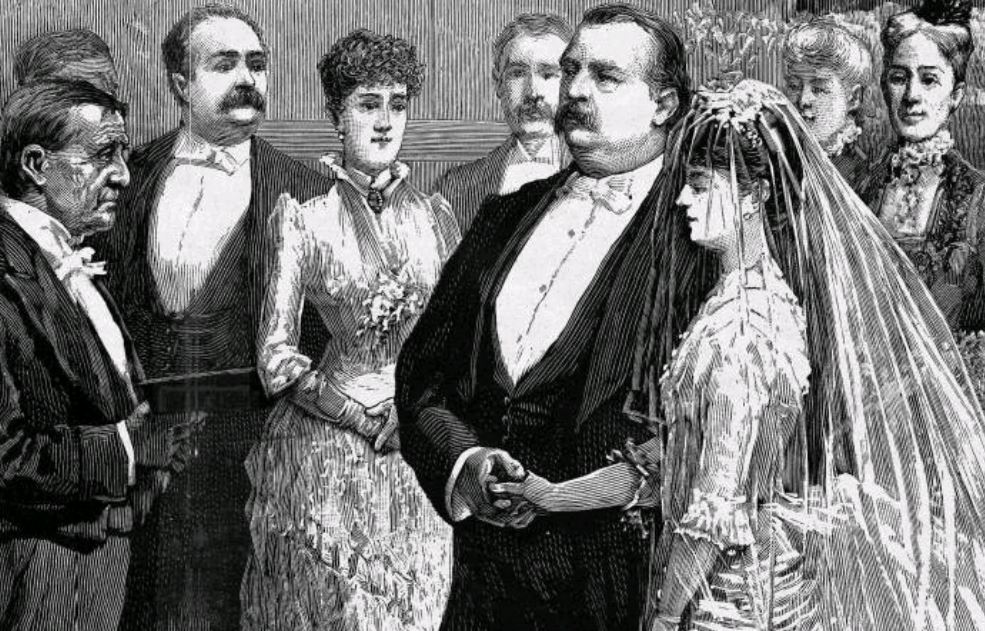
Grover Cleveland remains the only president to marry inside the White House. On June 2, 1886, he wed Frances Folsom in the Blue Room with a short guest list and massive press interest. Cleveland was 49, Frances was 21, and she became the youngest First Lady. Newspapers obsessed over the dress, flowers, and music. It is a reminder that the White House has long doubled as home, stage, and headline machine.
7. Alaska Cost About Two Cents an Acre (1867)
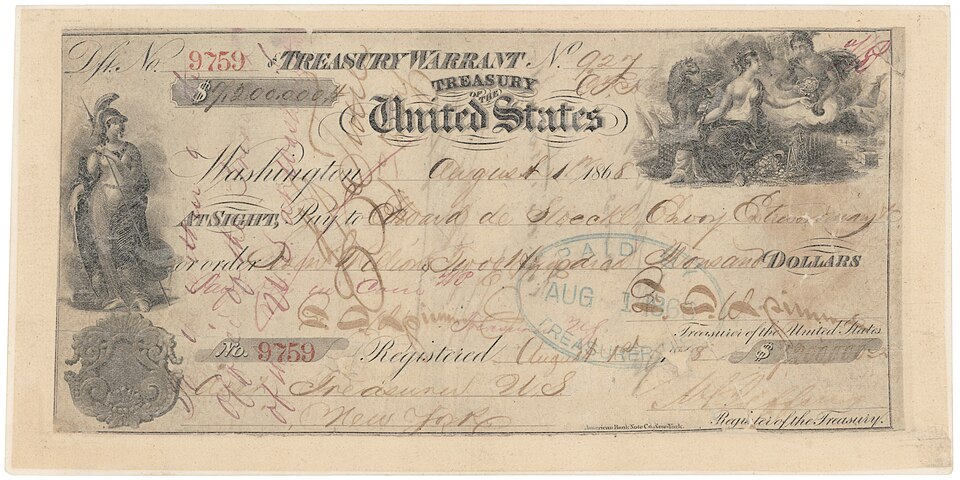
Before statehood, Alaska belonged to the Russian Empire. The United States bought it in 1867 for 7.2 million dollars, which works out to roughly two cents per acre. Critics mocked the deal as Seward’s Folly, assuming it was ice and polar bears. Decades later, gold, oil, fish, and strategic location proved the bargain. The purchase shifted American power into the Arctic and Pacific, changing maps, trade, and national security for good.
8. The Anthem Began With a Giant Battle Flag (1814)
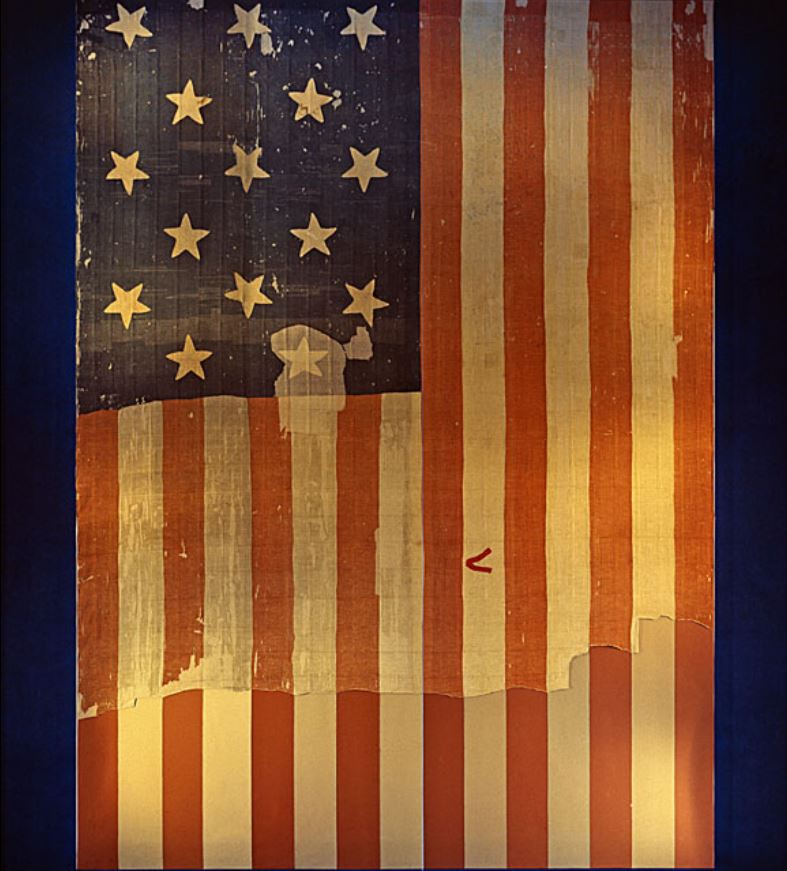
During the War of 1812, Francis Scott Key watched the British bombard Fort McHenry and saw a huge 30-by-42-foot flag still flying at dawn. He wrote the poem that became The Star-Spangled Banner soon after. Key had been held on a British ship during negotiations to free a civilian, so he witnessed events from the water. The original flag survives in the Smithsonian, stitches and scorch marks included, connecting lyrics to cloth and cannon fire.
9. Lincoln Worked From the War Department Telegraph Office (1861–1865)

Abraham Lincoln embraced instant messaging of his day – the telegraph. The wires did not run secretly inside the White House. The key office sat next door in the War Department, staffed by cipher operators who decoded battlefield dispatches. Lincoln often walked over late at night to read reports and send orders. That setup let him direct strategy in near real time and showed how new tech can reshape leadership.
10. Crocker Land Was a Mirage, Not an Island (1906–1914)
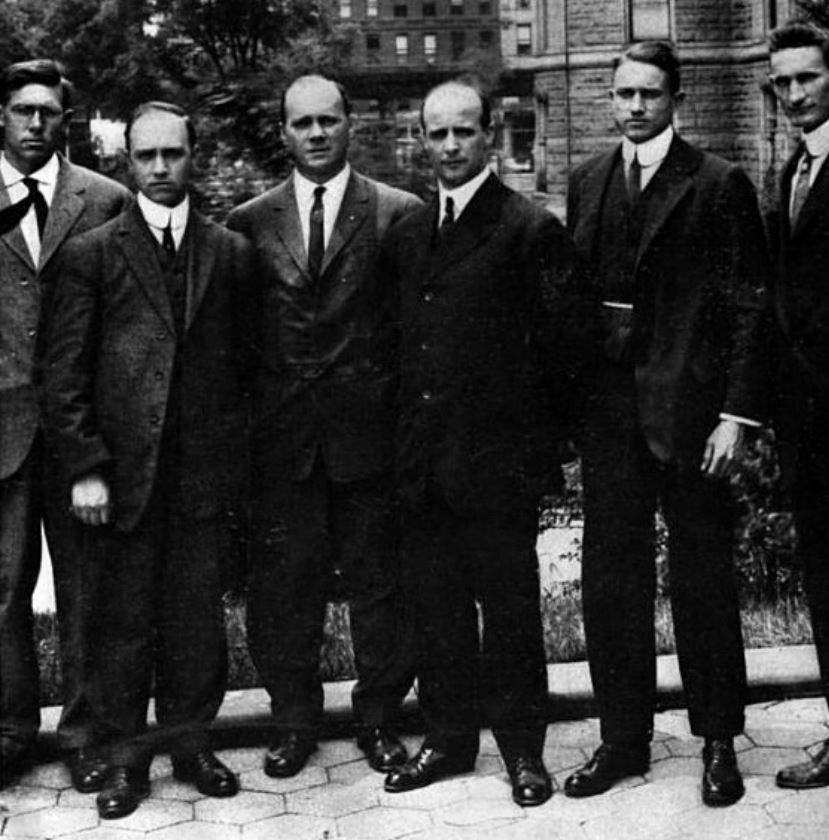
Explorer Robert Peary reported a massive landmass northwest of Greenland in 1906, naming it Crocker Land. An American expedition chased the claim in 1913, dragging sleds across brutal ice only to discover an optical mirage. There was no island. The failure still mattered. It mapped routes, tested gear, and warned explorers that Arctic light can trick even experts. Not every bold claim survives a field test, and that is science doing its job.
